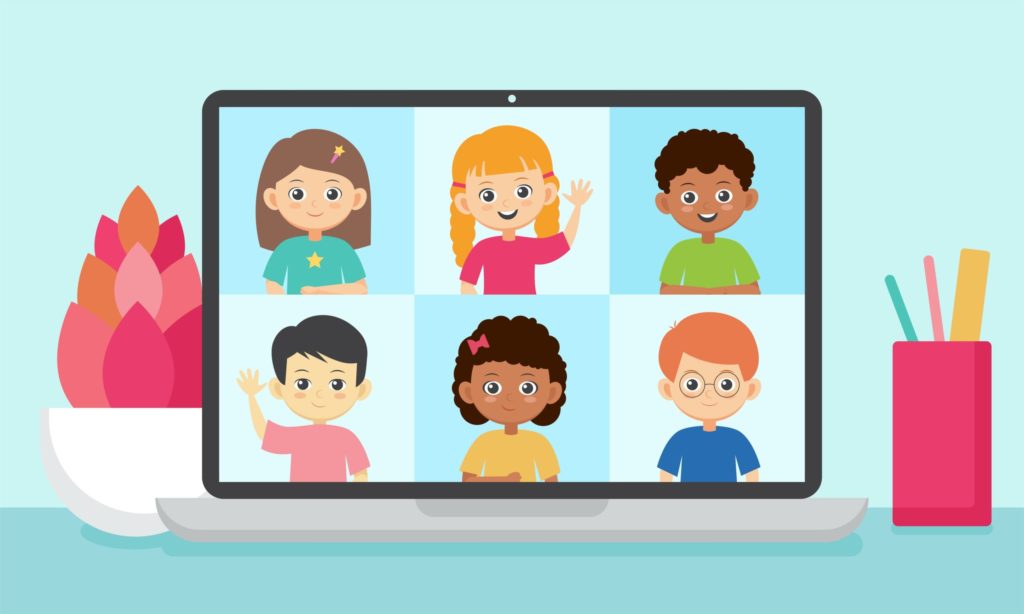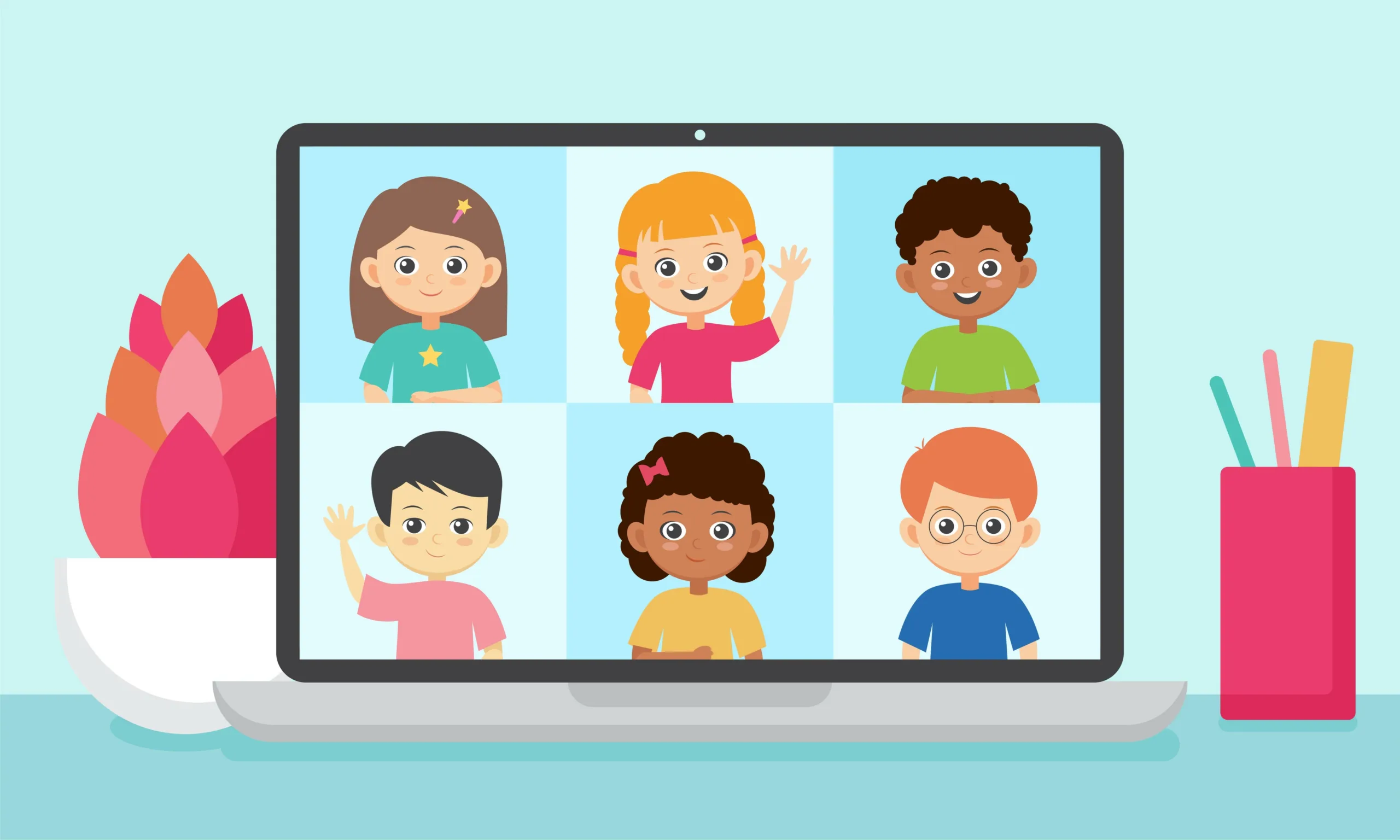
by Tiffany Tasker, head of industry, toys, SuperAwesome
Generations Z and Alpha are often described in the media as the “first” or “most” likely to do things. They’re the most diverse and most connected generation — many U.S. kids own multiple devices by age 3 — meaning they are also the most self-aware.
In a trend largely guided by social media, kids have a stronger sense of identity at a younger age than previous generations. During the height of the pandemic, we saw this illustrated through a rise in self-expression and outward representation of self: Kids explored their sense of self through aesthetic dressing, TikTok fashion and beauty trends, and game avatars.
Young people see and communicate with the world through the lens of their own identity. In contrast to the generations before them, they make purchase decisions and form brand loyalties based on how much of their own identity they see reflected back to them from the content they consume.
It can be harmful when kids don’t see themselves represented in the media. For example, Gen Zers self-identify as “disabled” more than any other generation before them. According to Stylus, 47% of Gen Zers don’t feel adequately represented by marketing or media.
It’s time for brands to practice diversity, equity, and inclusion (DEI) both externally through their media, content, and product strategies, as well as internally through talent hires and internal governance. The goal is to be inclusive by default. To do that, we must listen to, understand, and deliver on kids’ needs and wants.
Gen Alpha and Gen Z tend to have extended definitions of DEI. Diversity goes beyond race, ethnicity, and gender. The youth of today are also thinking about gender identity, sexual orientation, and the LGBTQIA2S+ community more than previous generations. They want representation from different socioeconomic backgrounds, neurodiversity, and physical disability.
“Equity” takes individual circumstances into account and creates opportunities proportionate to those circumstances. This term is different from “equality,” which doesn’t take into account the individual. Equality represents an individual’s status, rights, and opportunities. Equity is often closely linked with equality. Although kids may not be able to define the difference, they can understand it based on their own lived experiences.
Thinking about inclusion for young people means recognizing that kids’ authentic selves exist in both the real world and the digital world. Both those selves likely live between different traditional identity markers like race, gender, religion, platform usage, hobbies, passion points, and emotional drivers. As content creators and marketers for kids, how can we be thoughtful and kid-centric in our approach to DEI?
One area in which we are already pushing forward with DEI initiatives is within branded creator content. Influencers are able to embody all diversities, including gender identities, disabilities, neuro-diversities, and ethnicities. Showing different types of kids within your branded content and advertising is also helpful. As ever, authenticity is key. Tokenism must be avoided.
It’s also helpful to have messaging for specific types of kids, especially those who are underrepresented. For example, are there kids from Latinx or LGBTQIA2S+ communities for whom you could create specific messaging? However, it’s important that these kids aren’t stereotyped. We should also consider whether historical ways of addressing young people are outdated and divisive. For example, we’ve seen on PopJam — SuperAwesome’s kid-safe and kid-approved social network — that increasing numbers of kids are choosing to not self-identify as girls or boys. In response, we have updated our platform to be more inclusive.
Gaming is a ubiquitous trend among kids, and it feels especially important to ensure that gaming is inclusive and accessible. At SuperAwesome, we’re investigating how to increase the accessibility of our mini-games through controls and design by using voice command or gyro functionality. Giving kids the freedom to choose their own game avatars, skins, and other add-ons are also ways we can further enable inclusion.
This is just the beginning. We’re learning from kids as much as we can and are constantly looking for ways to improve. We’d like to open up the conversation to other brands on how we can work together to build an inclusive world through the content and media that we create. The work starts now.
This article was originally published in the May 2022 edition of the Toy Book. Click here to read the full issue!


